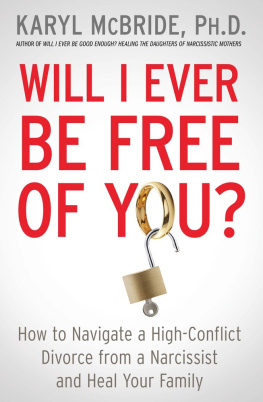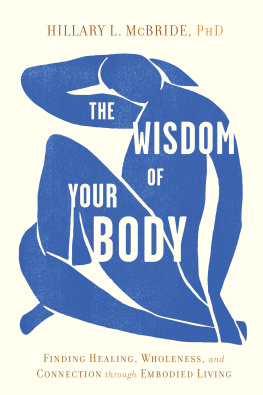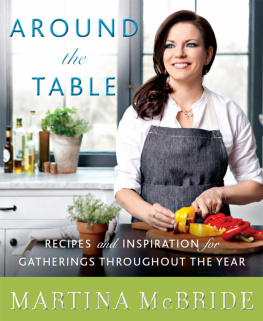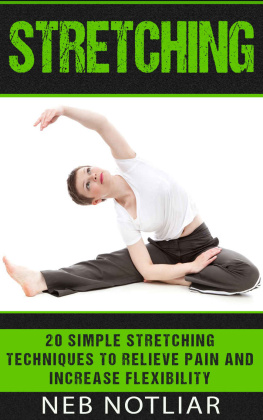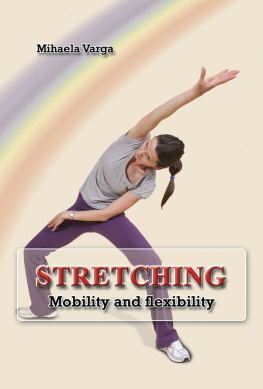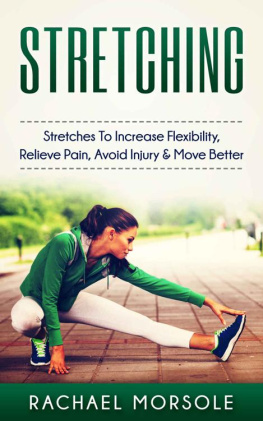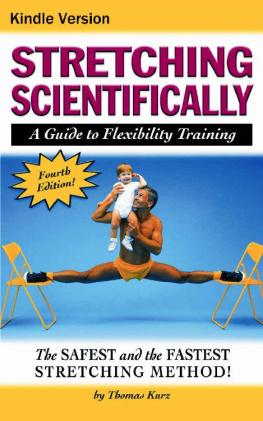STRETCHING FOR BEGINNERS TO STAY YOUNG
Stretches and Poses that You Can Do Sitting Down at Home to Regain Fitness for women and men over 50
By Andrew McBride
Table of Content
Introduction
We all want to be flexible no matter our age!
Flexibility is a significant component of good health and fitness and is necessary for seniors in particular.
I'm not talking about the kind of flexibility of being able to do the splits or transform into a human-like-pretzel.
I'm referring to the kind of flexibility where you won't be restricted in your movementsbeing able to fluidly move all your joints and get around in your everyday life with ease. This without noticing any uncomfortable niggles that come with sore joints and tight muscles.
You could think back to the days when you were younger when you could easily touch your toes. Perhaps you were doing the splits then. Or, you might even be a human-like-pretzel.
Nowadays, you may find that you're just not as flexible as you use to be.
It could be more difficult to do the things of your everyday life, such as bending down or getting up off the floor. Perhaps, to reach high over your head, or behind your head. Or maybe you just find that your joints don't straighten or move in the way they once did. It's just inevitable for us not to age.
Decreased flexibility comes with an ageing body, particularly if we forget what is required to keep ourselves flexible and move well.
However, just like all fitness elements, you CAN make Major changes regardless of your age and existing physical capabilities... At ANY age, you CAN recover your flexibility!
You will not only improve the range of motion in each of your joints by enhancing your flexibility, but you will find yourself moving about with greater ease. It will seem so much easier to make all those regular movements, and you will find yourself free of annoying niggles.
You will have better posture, improved coordination, and the risk of picking up a potential injury will also decrease greatly.
Not only that, we all know how amazing we feel when our bodies are stretched out.
Stretching will help to relieve stress and tension, resulting in a healthy mindset, a relaxed body, and a good feeling!
We're going to cover everything you need to know in this book to regain flexibility after the age of 60.
Read it all, understand it all, put it into work, and remain consistent, and you will see yourself becoming more flexible by doing what's contained inside. Just like the days when you were younger!
Enjoy the guide and the trip to a flexible you!
Types of Stretching
Ballistic Stretching
Ballistic stretching may be known as bouncing, and a moving limb or body's momentum is used to go beyond the natural range of motion. Although this form of stretching can activate a stretch reflex, since it carries a high risk of injury, it is not considered useful. Just think about it, bouncing doesn't allow the muscle the time to adapt or relax in the stretch position, resulting in muscle tightening instead of lengthening.
Dynamic Stretching
To gradually increase speed and reach or both, dynamic stretching requires regulated, repetitive movement of your limbs and body. Some people confuse dynamic stretching with ballistic stretching. While ballistic stretching requires that you use momentum and drive your body beyond its range of motion, dynamic stretching involves gradual movement of your body and limbs to increase speed. You are in charge and gently take the muscles to the limits of their range of motion in dynamic stretching. In dynamic stretching, there are no bounces or any form of jerky motions. As part of the warm-up, dynamic stretching has been found very useful and can boost flexibility. You deal with reps and sets, just like strength training. Often times, it involves 8 to 12 reps for 3 to 4 sets.
Active Stretching
Active stretching also referred to as static-active stretching, means that you come into a certain position and then keep it there without any support other than your agonist muscles' natural strength.
As an example, when standing, you bring your leg up high and then keep it in the elevated position without any support other than the muscles of your leg themselves. The theory behind active stretching is that through reciprocal inhibition, the stress of the agonist allows the antagonist muscle that is stretched to relax. Yeah, successful stretching can be tough, but you can only keep the stretch for 10 to 15 seconds or so. And the best thing is to improve flexibility while enhancing the agonist muscle at the same time.
Passive Stretching
Passive stretching, which can also be referred to as relaxed or static-passive stretching, implies that either with the aid of a partner, an instrument or another body part, you assume a certain position and hold it. If we go back to our example of lifting our leg up high, we'd hold it with our hand or use a partner to hold it for us this time around. This stretching technique helps alleviate muscle spasms. It is also a good choice to cool down after an intense workout, and it has proven to help relieve muscle fatigue and soreness.
Static Stretching
A lot of individuals don't know the difference between static stretching and passive stretching, but there is a big difference. You use an outside force in passive stretching to promote the stretch, and you simply assume a position and keep it in static stretching. The most widely used kind of stretching is static stretching, and it is often known to be the safest. For 30 to 60 seconds, you stretch your muscle or muscle group to its farthest point and keep the spot. A gentle pull should be felt, but you should not feel pain. And the best thing is that you stretch through the muscle's whole length and not just at the joint. The Seated Forward Fold is a great example.
Isometric Stretching
Isometric stretching means that in a certain position, a muscle is stretched and you resist the stretch. In other words, resistance without movement is known as isometric. You lie on your back, for instance, and lift one leg, when you try to force the leg in the opposite direction; your partner gently forces your leg into your torso and keeps it there. Isometric stretching is seen as the most efficient form of stretching to improve the range motion in the joint while reinforcing the ligaments and tendons at the same time. It is also regarded as a very safe method.
Pnf Stretching
Proprioceptive Neuromuscular Facilitation PNF is an advanced deep stretching technique that usually involves the passive stretching of a muscle or a group of muscle, accompanied by an isometric contraction of the same muscle when it is under stretch, then passively stretching the same muscle at a deeper level and a greater range of motion again.
PNF was initially conceived as a rehabilitation form and proved to be highly productive as such. But however, targeting particular muscle groups and increasing flexibility while also enhancing muscle strength is an excellent method of stretching.
However, when you use PNF stretches, you have to be careful as they place extra stress on the intended muscle or muscle group, which can lead to an increased risk of soft tissue injury. A conditional phase before the optimum, intensive effort is hugely necessary to reduce this risk. Remember to make sure that you get full results from PNF stretching; it is important to warm up properly.
The concepts of neurophysiology and human anatomy are the foundation of PNF. Contracting against resistance to a completely stretched muscle helps the muscle to extend further and further than it usually does and reduces the stretch reflex. When done correctly, this helps you to expand the range of motion around a joint.




